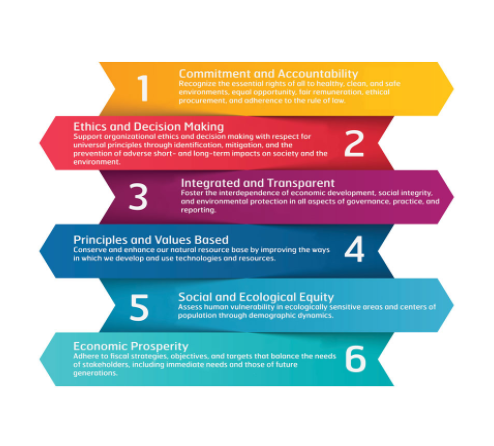Lesson 3 – Green Project Management (GPM)
We need to understand that our project, company or organization, and the planet will benefit if we take a complex and sustainable approach and consider a long-term perspective in regards to initiating, planning and implementing a project. One of the frameworks, defined already in 1994 by John Elkington, is the Triple Bottom Line (TBL) framework explained as a sustainability framework that examines a company´s and/or project´s social, environmental and economic impact. It became quite wide spread to refer to this framework as “People, Planet and Profit”. When we speak about green project management, we mean that the project and its coordinating team has considered the long-term impact on the social, environmental and economic dimension, and asked itself three basic questions:
- Will the project generate economic value for a sustained period of time?
- Will this project contribute positively to the society? Or at least, will it minimize any negative impacts on society?
- Will this project contribute positively to the environment? Or at least, will it reduce any negative impacts on the environment?
What are Sustainable Projects?
Green Project Management defines a project as “an investment that requires a set of coordinated activities performed over a finite period of time in order to accomplish a unique result in support of the desired outcome.” In order for a project to be sustainable, the focus must be placed on value creation. Project requirements and constraints must include mitigation of negative environmental, social, and economic impacts and attainment of the benefits outlined in the business case.

Fig. 4 Six principles for sustainable projects. Available at: https://greenprojectmanagement.org/about/what-is-sustainable-project-management
Lesson 3, Inspired by: https://hbr.org/2018/06/25-years-ago-i-coined-the-phrase-triple-bottom-line-heres-why-im-giving-up-on-it